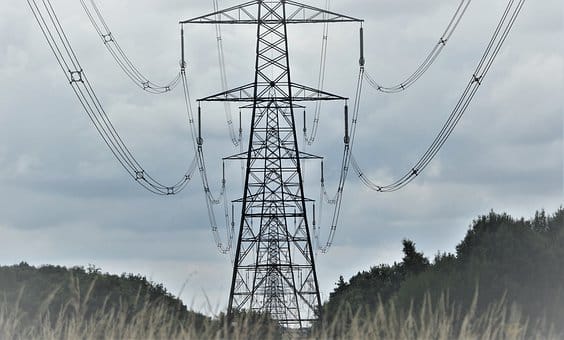MISO Board Approves $10.3 Billion in New Transmission Projects

The Midcontinent Independent System Operator’s (MISO) board of directors on July 25 approved the largest portfolio of transmission projects in the grid operator’s footprint, authorizing $10.3 billion worth of long-range transmission plan, or LRTP, projects to ensure grid reliability during the clean energy transition. The LRTP transmission projects are expected to enhance system performance to maintain reliable operation in the future with more variability and uncertainty in the energy supply.
LRTP is a multi-year transmission planning effort undertaken by MISO to identify long-term grid needs based on its long-term forecasts called “Futures.” The grid operator unveiled its Futures report in December 2021, outlining three “MISO Futures” that encompass scenarios, which “bookend the fleet resource mix” over a 20-year horizon and are intended to be used for several years with minimal updates.
The board unanimously approved LRTP Tranche 1, which includes 18 transmission projects in MISO Midwest that will enable renewable generation capable of powering about 12 million homes. The Tranche 1 projects are expected to have a benefit-to-cost ratio of at least 2.2 and the cost allocation approach for this portfolio has been approved by the Federal Energy Regulatory Commission. The plan is expected to provide 213,000 jobs building renewable energy and energy storage facilities, plus another 120,000 jobs building the transmission facilities.
The transmission expansion plan is focused on providing additional operational flexibility to offer more opportunities for planning transmission and generation outages with less risk of operational issues or rescheduling of outages. In MISO’s history, Tranche 1 represents the most complex transmission study effort with over 2,000 miles of transmission lines. The portfolio is the first of four tranches of projects expected to be developed under MISO’s LRTP process. The LRTP Tranche 1 portfolio provides economic and reliability benefits that exceed the investment cost and are broadly distributed across the MISO Midwest subregion.
Tranche 2 also will focus on projects in MISO Midwest, Tranche 3 will look at projects in MISO South and Tranche 4 will consider projects that link MISO Midwest and MISO South. Tranche 1 projects are based on the fleet transformation expected under MISO’s Future 1, which largely incorporates state and utility decarbonization goals and leads to a 63 percent reduction in carbon emissions. MISO’s Future 2 and Future 3 assume even more aggressive electrification and decarbonization scenarios.
Future 1 assumes existing economic factors will drive demand and energy growth, with small increases in EV adoption, resulting in a 0.5 percent rate of energy growth per year. While Future 1 includes 100 percent of utility integrated resource plan announcements, state and utility goals that are not legislated are applied at 85 percent of their respective announcements to hedge the uncertainty of meeting these announced goals and respective timelines.
MISO manages the grid across 15 states in the U.S. and one province in Canada. The grid operator’s network spans approximately 65,000 miles of transmission lines and generates approximately 200 gigawatts of power.
EnerKnol Pulses like this one are powered by the EnerKnol Platform—the first comprehensive database for real-time energy policy tracking. Sign up for a free trial below for access to key regulatory data and deep industry insights across the energy spectrum.
ACCESS FREE TRIAL